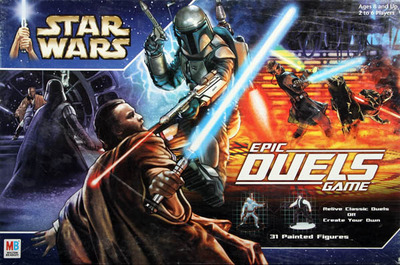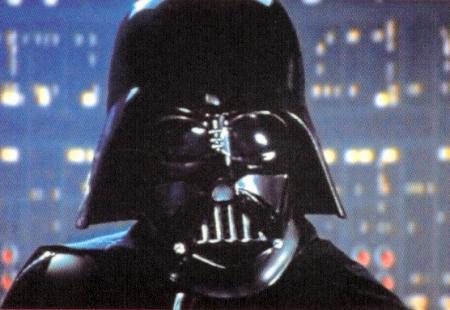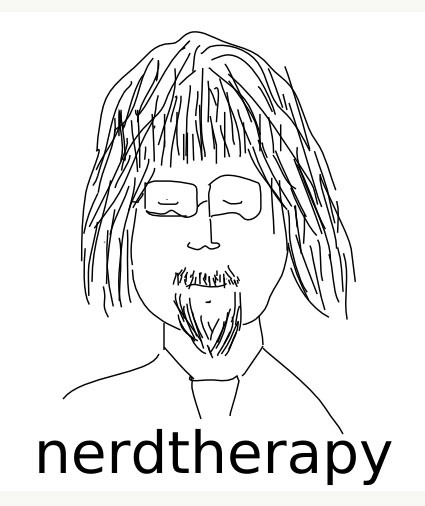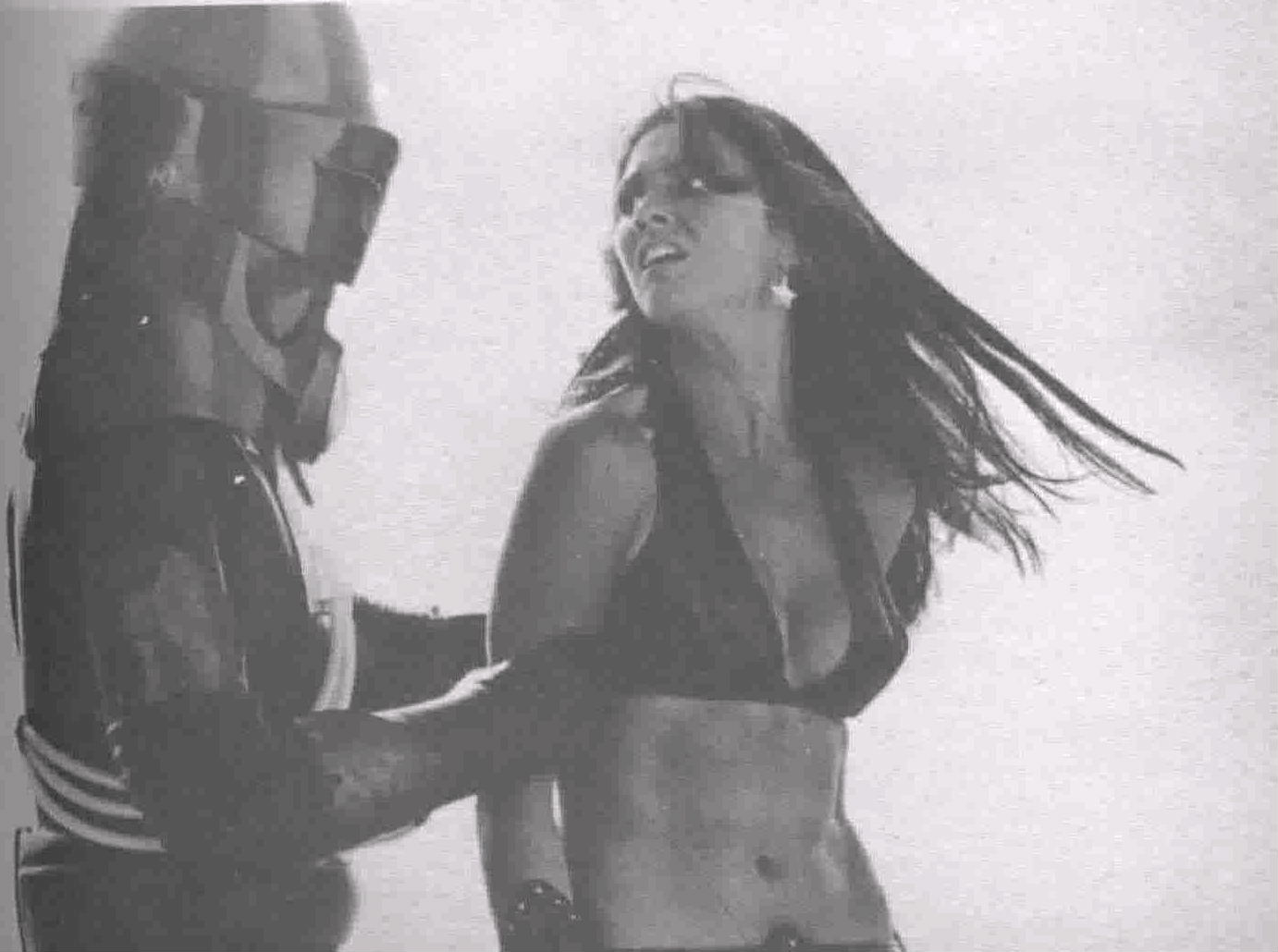It Came From The Thrift - Star Wars: Epic Duels
 Wednesday, March 23, 2011 at 02:36AM
Wednesday, March 23, 2011 at 02:36AM 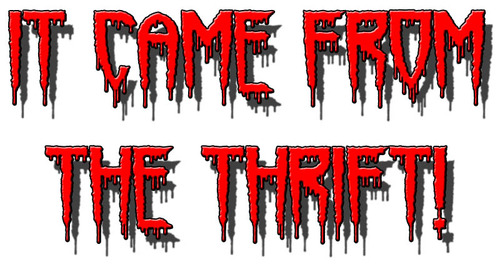
STAR WARS: EPIC DUELS
I am what I like to call a "second hand boutique enthusiast". Everyone else just calls me a "thrift store junkie". I am sure that they are correct in their observation, but I'm perfectly happy living here in my own little corner of denial. After all, spending time stalking the thrift stores is not the most glamorous of pass-times. Thrift stores are usually disorganized, smell like an attic, and have shelves that are laden with junk most of the time. But, every now and again, the clouds part, angels sing, and a ray of brilliance descends from the sky to illuminate a rare gem (Although, sometimes it’s just swamp gas, and I bring home a dud). My finds range from the questionable (Hydlide for the NES), to the truly surprising (a full size original upright Ms. Pac-Man arcade machine).
In "It Came From The Thrift Store", I hope to chronicle and review some of the more interesting finds. Many of these items are out of print, and some of them may not be in the best shape. But, if you are willing to look past the piles of Trivial Pursuit and Pictionary, there is a lot of fun that can be found in your local charity shop for under $3.00.
The Game:
Today I’m going to talk about a game I picked up recently - Star Wars: Epic Duels. Epic Duels supports 2 to 6 players, and was published in 2002 by Hasbro, during the marketing blitz for Star W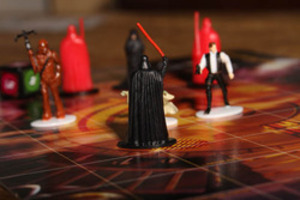 ars: Episode II. Like so much Star Wars merchandise, Epic Duels languished on the clearance shelves towards the end of its life. And, like many games that seem to acquire cult status, it didn’t really gain recognition until it was long out of print.
ars: Episode II. Like so much Star Wars merchandise, Epic Duels languished on the clearance shelves towards the end of its life. And, like many games that seem to acquire cult status, it didn’t really gain recognition until it was long out of print.
The resurrection of a dead clearance title in the collective mind of board game enthusiasts was partly due to another game entirely. More accurately, it's designers: The designers of Epic Duels would create a game years after its lukewarm release that would cause the board game world to take notice. The designers in question are Rob Daviau and Craig Van Ness, and the game that caused the world to take notice was Heroscape. Incidentally, Daviau and Van Ness have collaborated on several other highly regarded Hasbro/Avalon Hill published games, including two more thrift store grails - Star Wars: The Queens Gambit, and Buffy the Vampire Slayer: The Game.
Like Heroscape, Star Wars: Epic Duels is a tactical combat game. Players choose one of 12 “teams” from the Star Wars Universe. Each team consists of a main character and one or more supporting characters (thankfully absent is a certain Jar Jar Binks). Players can recreate battles from the movies in one of four iconic settings, sup 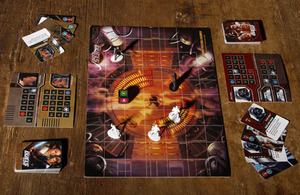 plied as two double sided game boards. Players can also choose to create fantasy duels, pitting characters from the movies together in glorious “What if?” scenarios. One of the games I played recently saw Darth Vader dueling against the young Anakin Skywalker. Poor Anakin died at the hands of his future self, crea ting some sort of universe destroying time paradox, I’m sure.
plied as two double sided game boards. Players can also choose to create fantasy duels, pitting characters from the movies together in glorious “What if?” scenarios. One of the games I played recently saw Darth Vader dueling against the young Anakin Skywalker. Poor Anakin died at the hands of his future self, crea ting some sort of universe destroying time paradox, I’m sure.
Setup:
After selecting their teams, each player gets a card-stock character sheet depicting the chosen characters, a set of adequately painted miniature figures, and a custom deck of cards for that team. Players roll a stickered die to determine turn order, and take turns placing their miniatures on the game board. The main characters are placed in predetermined squares on the playfield’s grid, the proper square marked with the character’s name. The minor characters are then placed in any open space adjacent to the main character. After character placement, players place wound counters on their character sheet in the indicated space - to show no damage, and each draws four cards from their deck to form a starting hand. Play is ready to begin.
Gameplay:
At the start of each player’s turn, a die is rolled to determine movement. The die determines if a player may move one, or all of his characters, and how many spaces they may move. Different boards have different configurations and obstacles, and a player does not have to use all of his movement. This giv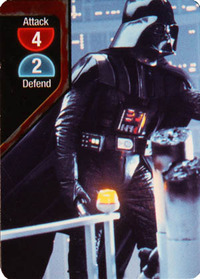 es the player some meaningful tactical decisions to make when moving his characters. After movement, players can then take 2 actions. Each action can be one of three choices: Draw a card, Play a card, or Heal.
es the player some meaningful tactical decisions to make when moving his characters. After movement, players can then take 2 actions. Each action can be one of three choices: Draw a card, Play a card, or Heal.
Combat in Epic Duels is card driven. This means that it is important to have a selection of cards in your hand. Although you start with only 4 cards, the maximum hand size is 10. Each team’s deck has different cards in it, tailored to the strengths and weaknesses of that particular team. Drawing cards can be a very important action, but since a player only has 2 actions per turn, it’s sometimes a difficult decision to make.
The only way your characters can attack, is by playing one of your cards. This is the second action type you can take. Basic combat cards have an attack value, and a block value printed on them. The attacking player plays his card face down, and the defending player plays his card face up. When both cards have been played, the attacking player flips his card over, and his attack value is compared to the defender’s block value. If the block value is greater than or equal to the attack value, no damage is dealt. If the attack value is greater than the block value, then the character being attacked takes the difference between the two values as damage, and moves the appropriate wound counter on the character sheet. When the wound counter reaches the end of the character’s health track, the character is defeated, and is removed from the board. Although the back of the cards for each team are uniform, the front of the cards have an image of either the main character, or the minor character(s). A card can only be played if it matches the character doing the attacking or defending. You cannot, for example, use a Chewbacca card when Han Solo is attacking or defending.
Direct combat isn’t the only benefit of playing cards, and this is where the flavor really comes out in the game. There are several “Special” cards in each deck that may be played as an action. These are unique to each character, and allo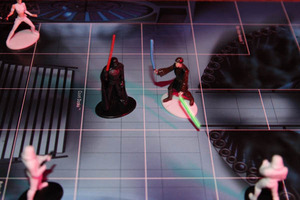 w for many different effects, ranging from drawing cards, to moving other players’ characters around. It can be a lot of fun to “force push” other characters around the board, and using your character’s power really helps to get into the mindset of your character. (In fact, I’m pretty sure that speaking in a broken English Muppet voice when playing Yoda is now a house rule at my place.)
w for many different effects, ranging from drawing cards, to moving other players’ characters around. It can be a lot of fun to “force push” other characters around the board, and using your character’s power really helps to get into the mindset of your character. (In fact, I’m pretty sure that speaking in a broken English Muppet voice when playing Yoda is now a house rule at my place.)
The last action that a player can take is to heal his character. This option only comes into play if the main character is still alive, and his supporting characters have been defeated. A player may discard a supporting character card to gain back one health.
The game continues with players taking turns this way until one of the main characters is defeated, or one of the players goes through his deck twice. The winner is the player left standing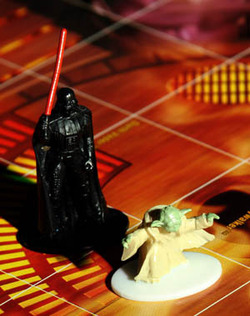 From behind the darkside lurks. but ever vigilant the light is. mmmmm. yes., or, in the case of running out of cards, whoever has the most hit points.
From behind the darkside lurks. but ever vigilant the light is. mmmmm. yes., or, in the case of running out of cards, whoever has the most hit points.
I have described the standard 2 player game here, but there are also several official variations in the rulebook: a 2-4 player “team game”; a 2-6 player “free for all” game; and a 2-4 player “master play” variant. I won’t go into each variant here, but it is nice that the rules allow for up to 6 players, turning the epic duel into an epic brawl.
The Verdict:
Star Wars: Epic Duels is not an incredibly deep game, but there is enough depth in the game to make for some interesting decisions. What it lacks in depth, however, it makes up for in personality. Each team has a unique deck of cards, with unique abilities and weaknesses, which really work to give the characters a life of their own. Through the 66 different team combinations in a standard 2 player duel, there is a lot of personality, a lot of variety, and a lot of game play to be had in Epic Duels.
Aside from not being too deep, Epic Duels is not perfectly balanced either. Certain combinations of teams can swing wildly to favor one team over the other. Surprisingly, I really don’t feel that this is a negative. If everything was perfectly ba Han Solo is shooting first.lanced, I think the whole game would feel much more sterile and mechanical. The fact that you can play as the underdog in a duel really helps to cement the flavor and theme of the game, and turns a potential black mark into an endearing positive.
Han Solo is shooting first.lanced, I think the whole game would feel much more sterile and mechanical. The fact that you can play as the underdog in a duel really helps to cement the flavor and theme of the game, and turns a potential black mark into an endearing positive.
The boards and cards are a bit chintzy, and the miniatures are not incredibly detailed, but they suffice. They quality and variety of components are actually fairly impressive when you consider that Star Wars: Epic Duels was originally released in the $25 range, with a mass market demographic.
When it comes down to it, Epic Duels is just plain fun. It is a nice casual romp in the Star Wars universe, without the expectation of an intense, brain-burning tactical game. Played with a group of like minded people who enjoy the Star Wars mythology, and who want to have some casual fun, I’d wager that Star Wars: Epic Duels would be a home run.
 epic duels,
epic duels,  review,
review,  star wars,
star wars,  thrift store in
thrift store in  Board Games
Board Games 
